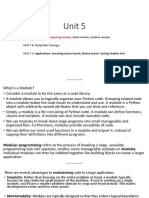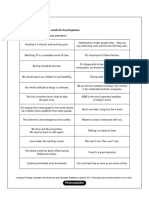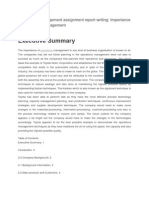0% found this document useful (0 votes)
19 views13 pagesChapter 9 (Module)
This document provides an overview of modules in Python, explaining how to create, use, and import them, along with examples. It covers the use of the datetime module for date manipulation, built-in math functions, and the statistics module for statistical calculations. Additionally, it introduces the random module for generating random numbers and various mathematical functions available in Python's math module.
Uploaded by
jiya23022009Copyright
© © All Rights Reserved
We take content rights seriously. If you suspect this is your content, claim it here.
Available Formats
Download as PDF, TXT or read online on Scribd
0% found this document useful (0 votes)
19 views13 pagesChapter 9 (Module)
This document provides an overview of modules in Python, explaining how to create, use, and import them, along with examples. It covers the use of the datetime module for date manipulation, built-in math functions, and the statistics module for statistical calculations. Additionally, it introduces the random module for generating random numbers and various mathematical functions available in Python's math module.
Uploaded by
jiya23022009Copyright
© © All Rights Reserved
We take content rights seriously. If you suspect this is your content, claim it here.
Available Formats
Download as PDF, TXT or read online on Scribd
/ 13



























































































